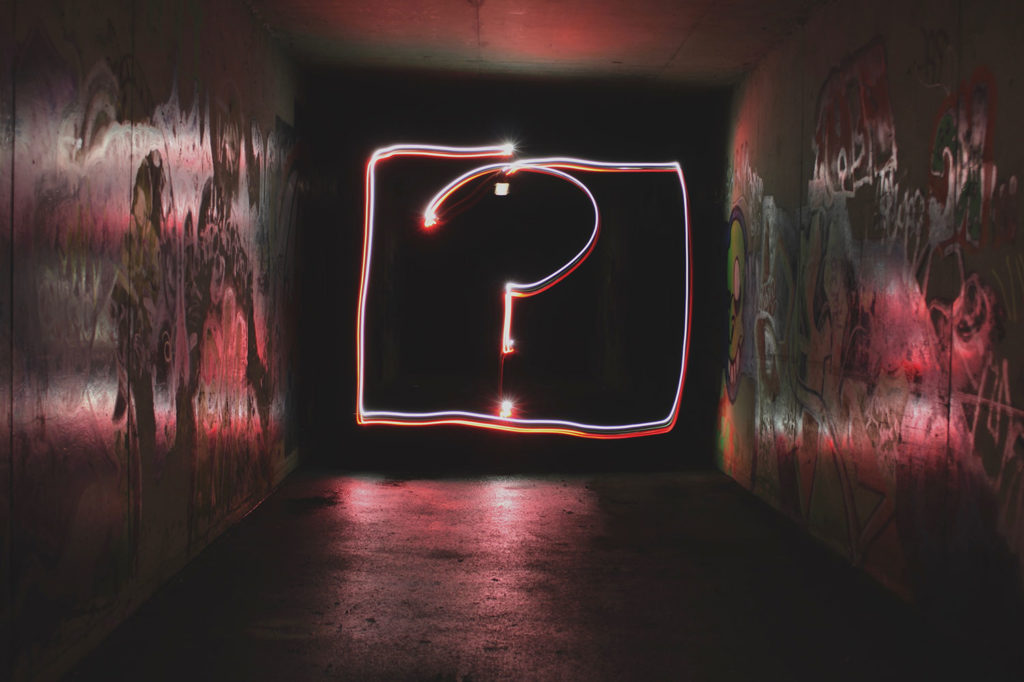Not a day has gone by recently without the inappropriate sexual actions of a powerful man making the news. Indeed, in recent weeks and months, many women and men in Hollywood, in Silicon Valley, Capital Hill, and elsewhere have come forward with stories of sexual harassment or sexual assault.
In some of these cases, victims have come forward with their stories of harassment or assault despite having signed non-disclosure agreements in the past, which should have legally prohibited the sharing of these stories. This has fueled discussions around what these agreements are, and what effect they may have in such cases.
This week, we answer some commonly asked questions, including what NDAs are, common situations in which they arise, and what their legal impact is.
Non-Disclosure Agreements and Sexual Harassment
A non-disclosure agreement (also known as a confidentiality agreement or NDA) is a signed legal contract between two or more parties that restricts the sharing of certain information with third parties. NDAs act as a shield: they protect information that the party requiring the NDA to be signed thinks is sensitive or confidential.
A common example of a situation in which an NDA is used is when a sexual harassment complaint is settled, and the party accused of the harassment requests that the person making the claim sign a non-disclosure agreement. Typically, this means that the parties cannot discuss the details of the settlement, including the amount that was settled for, or discuss the claim altogether.
Non-Disclosure Agreements in Other Situations
Other examples of situations in which NDAs are used: NDAs signed between employer and employee where neither party is allowed to share confidential information pertaining to the business, including finances, future business plans, etc.
There are also NDAs between companies if they plan on embarking on a joint venture or thinking of merging their two companies. Businesses that are involved in innovation often use NDAs to protect their intellectual property to avoid their ideas being shared and other companies using these ideas to create their own inventions.
Unilateral, Bilateral, and Multilateral Non-Disclosure Agreements
NDAs may be described as unilateral, bilateral, or multilateral, depending on the circumstances. A unilateral NDA is between two parties, where one party anticipates disclosing information to the other party and wants to ensure that the information being disclosed will not be passed on to another party.
A bilateral NDA is between two parties where both parties are planning to disclose information that they both want protected.
A multilateral NDA involves three or more parties where at least one party could be disclosing information to the other parties and wants to ensure that the information is protected. This makes it easier than having multiple unilateral or bilateral agreements.
What is the Effect of a Non-Disclosure Agreement?
NDAs are often used as a form of protection. In the cases of legal settlements, they are used to prevent the public from knowing the details of the settlement. In the business context, they are used to protect the company’s secrets and non-public business information.
Depending on how an NDA is drafted, its effect and enforcement will vary. Each NDA is different and unique to the particular parties. It is crucial that whatever type of NDA is used, it is written carefully and properly. Specific things parties want to consider when drafting a NDA includes:
- Who the agreement applies to: it is very important that you clearly state who the parties to the agreement are;
- What is included/protect in the agreement: do you need to protect all information that is disclosed to the other party or only specific details?
- Time frame: how long is the NDA in place? Does it end after a specified period of time, or does it end when a specific incident takes place (for instance, when employment is terminated or when a business relationship ends?
- Where does the agreement apply: is it applicable only in the province or territory in which it is signed? Or does it apply nationally? Or internationally?
Breaches of a Non-Disclosure Agreement
If you breach a NDA, you may be subject to legal action. Depending on the terms of the NDA, the non-breaching party may decide to pursue a number of claims, including a claim for breach of contract, misappropriation of trade secrets, copyright infringement, or breach of fiduciary duty among other possibilities. Legal action taken will depend on what type of information is protected by the NDA and whether there are any clauses regarding the breach of the NDA.
Should you sign a non-disclosure agreement?
If you think you need a NDA or are considering signing one, it is recommended that you contact a lawyer to discuss it. The drafting of a NDA is very important and in order for it to be enforced, it needs to be clear and well–written. A lawyer with experience drafting such agreements and resolving disputes over such agreements can help.
If you are being asked to sign a NDA, ask for some time to consider the effects of the agreement and bring it to a lawyer to review. It is important to know what are you agreeing to, and for how long. In the context of sexual harassment settlements, you may be giving up your voice to speak out against the accused. We have seen this in the recent cases of the US Congressman John Conyers where one of the settlements required the accuser to sign a NDA and she recently decided to speak out, despite the NDA. An accuser of Harvey Weinstein also broke an NDA, that was part of a settlement, to speak out against the movie mogul.
We act on behalf of employers and employees when it comes to NDAs. If you need advice regarding drafting or signing a NDA or confidentiality agreement, contact HMC Lawyers online or call 1-800-480-3534 to make an appointment. With offices in Calgary, we represent professionals in Calgary, throughout Alberta, and across Western Canada.
